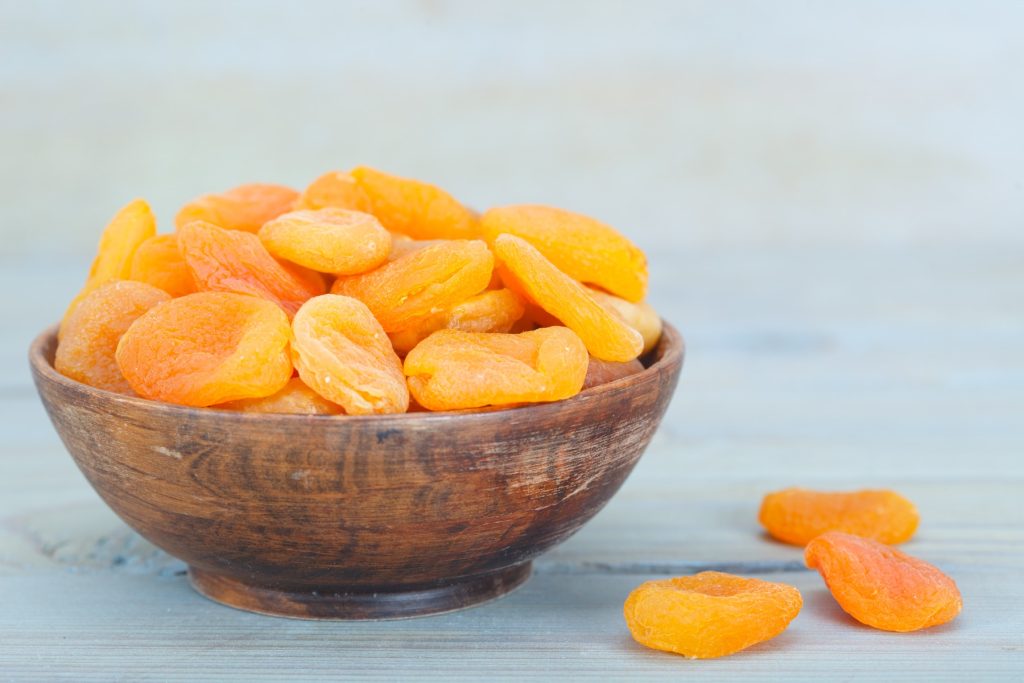Iranian pistachios are among the most famous and sought-after nuts in the world. They are known for their rich flavor, high nutritional value, and unique characteristics that set them apart from other types of pistachios. In this article, we will take a closer look at Iranian pistachios, their history, characteristics, nutritional benefits, and their place in the global market.
History
Iranian pistachios have a long and fascinating history dating back to ancient times. Pistachio trees are believed to have originated in Central Asia and spread throughout the Middle East and the Mediterranean region. The oldest evidence of pistachios dates back to 6750 BC, where they were found in a Turkish settlement. However, it was the Persians who were the first to cultivate and commercialize pistachios.
Iranian pistachios have been a significant part of Iranian culture for centuries. They are often served in religious and cultural events such as weddings, funerals, and Ramadan celebrations. Pistachio trees are grown mainly in the Kerman province of Iran, but they are also found in other parts of the country such as Yazd, Fars, and Semnan.
Characteristics
Iranian pistachios are known for their unique characteristics, which set them apart from other types of pistachios. They have a distinct flavor, aroma, and texture, which make them highly sought after by consumers worldwide. Iranian pistachios are typically medium-sized, and they have a light green color with a slightly yellowish tint.
One of the unique features of Iranian pistachios is their open shell. Unlike other types of pistachios, Iranian pistachios have a partially open shell, which makes them easy to open and extract the nut. This also makes them ideal for use in recipes that call for shelled pistachios.
Iranian pistachios are also known for their high oil content, which gives them their rich flavor and texture. They are often roasted and salted to enhance their taste, and they are a popular snack food in many countries.
Nutritional Benefits
Iranian pistachios are not only delicious but also highly nutritious. They are a good source of protein, fiber, healthy fats, and essential minerals such as potassium, magnesium, and phosphorus. A one-ounce serving of pistachios contains about 160 calories, 6 grams of protein, and 3 grams of fiber.
One of the unique nutritional benefits of Iranian pistachios is their high antioxidant content. Antioxidants are compounds that protect the body against oxidative stress, which can damage cells and lead to chronic diseases such as cancer and heart disease. Pistachios are one of the richest sources of antioxidants among nuts, and they are particularly high in a type of antioxidant called polyphenols.
Another benefit of Iranian pistachios is their potential to improve heart health. Several studies have shown that pistachios can lower cholesterol levels, reduce inflammation, and improve blood pressure. These effects are attributed to their high content of healthy fats, fiber, and antioxidants.
Global Market
Iran is the largest producer of pistachios in the world, accounting for over 50% of global production. Iranian pistachios are highly prized for their quality and unique characteristics, and they are exported to over 70 countries worldwide. The largest importers of Iranian pistachios are the United States, China, and the European Union.
However, the Iranian pistachio industry has faced several challenges in recent years, including drought, political instability, and economic sanctions. The United States has imposed sanctions on Iran’s pistachio industry, which has made it difficult for Iranian exporters to access the global market. As a result, Iranian pistachios have become more expensive and less competitive in the international market.
Despite these challenges, Iranian pistachios remain a highly valued product in the global market, and there is a growing demand for them among health-conscious consumers. In recent years, the popularity of pistachios has increased, and they have become a popular snack food in many countries. The global pistachio market is expected to grow significantly in the coming years, driven by increasing demand for healthy and natural snack foods.
To meet the growing demand for pistachios, Iranian farmers and exporters are working to improve the quality and consistency of their products. They are investing in new technologies and farming practices to increase yields, reduce waste, and improve the overall quality of their pistachios. This includes implementing irrigation systems, using modern farming equipment, and adopting sustainable farming practices.
In addition to improving the quality of their products, Iranian pistachio exporters are also focusing on expanding their market reach. They are targeting new markets in Asia, Africa, and South America, where there is a growing demand for healthy and natural snack foods. By diversifying their market, Iranian pistachio exporters hope to reduce their reliance on traditional markets such as the United States and Europe, which have been impacted by economic sanctions.
Conclusion
Iranian pistachios are a unique and highly valued product in the global market. They are known for their rich flavor, unique characteristics, and nutritional benefits, making them a popular snack food in many countries. Despite facing challenges such as political instability and economic sanctions, the Iranian pistachio industry remains a significant player in the global market. With increasing demand for healthy and natural snack foods, there is a growing opportunity for Iranian pistachio exporters to expand their market reach and continue to be a leader in the pistachio industry.



